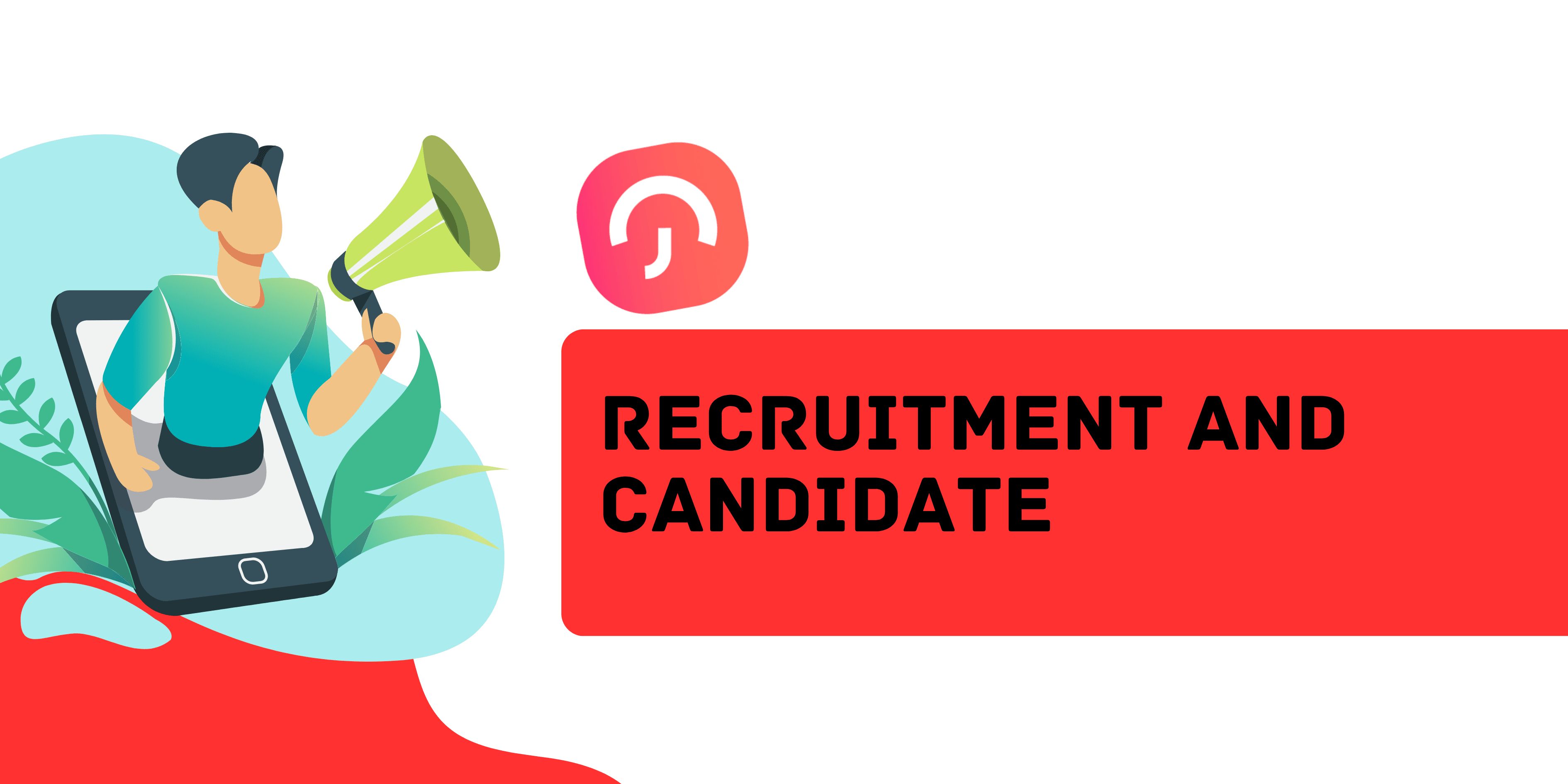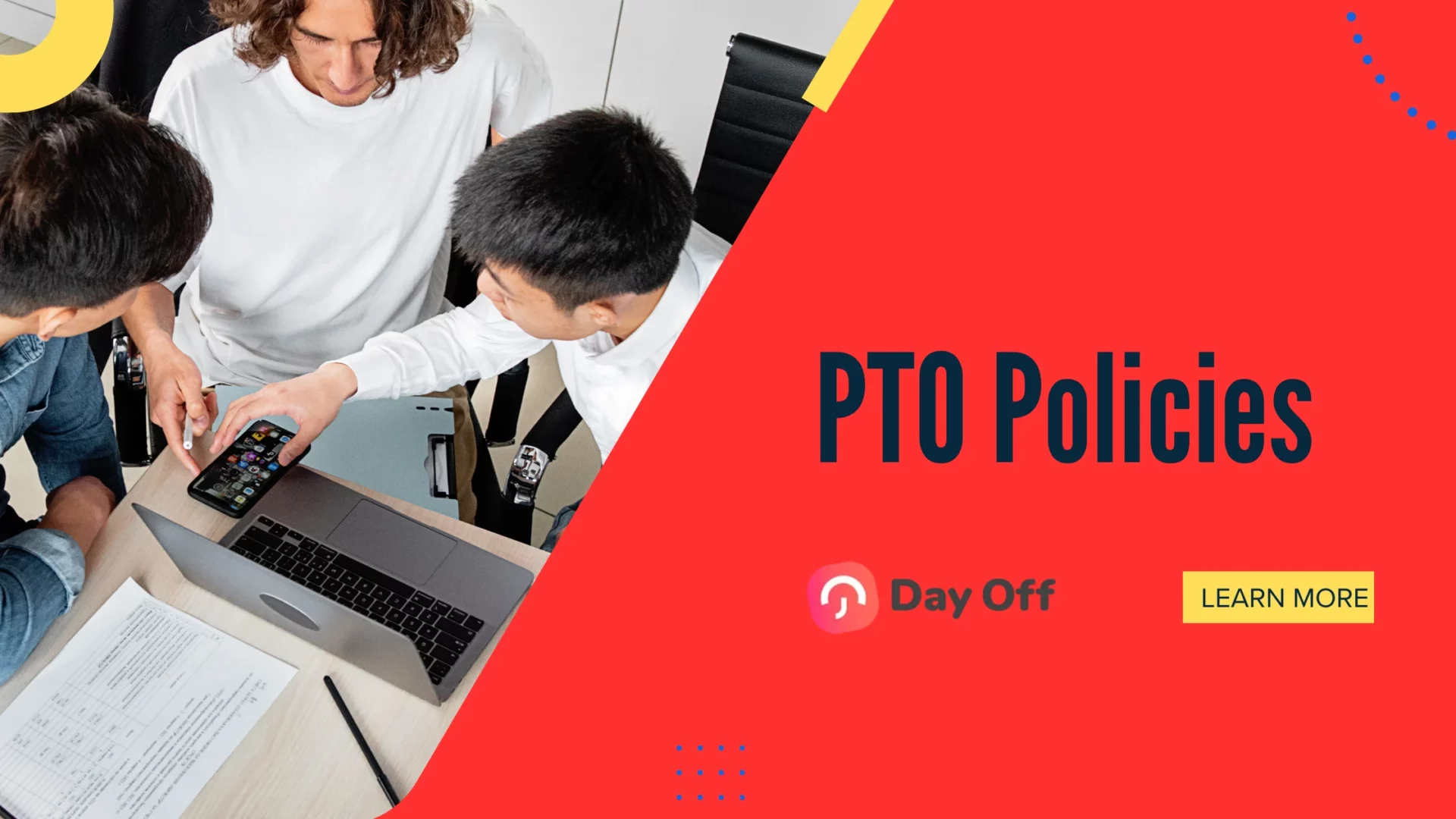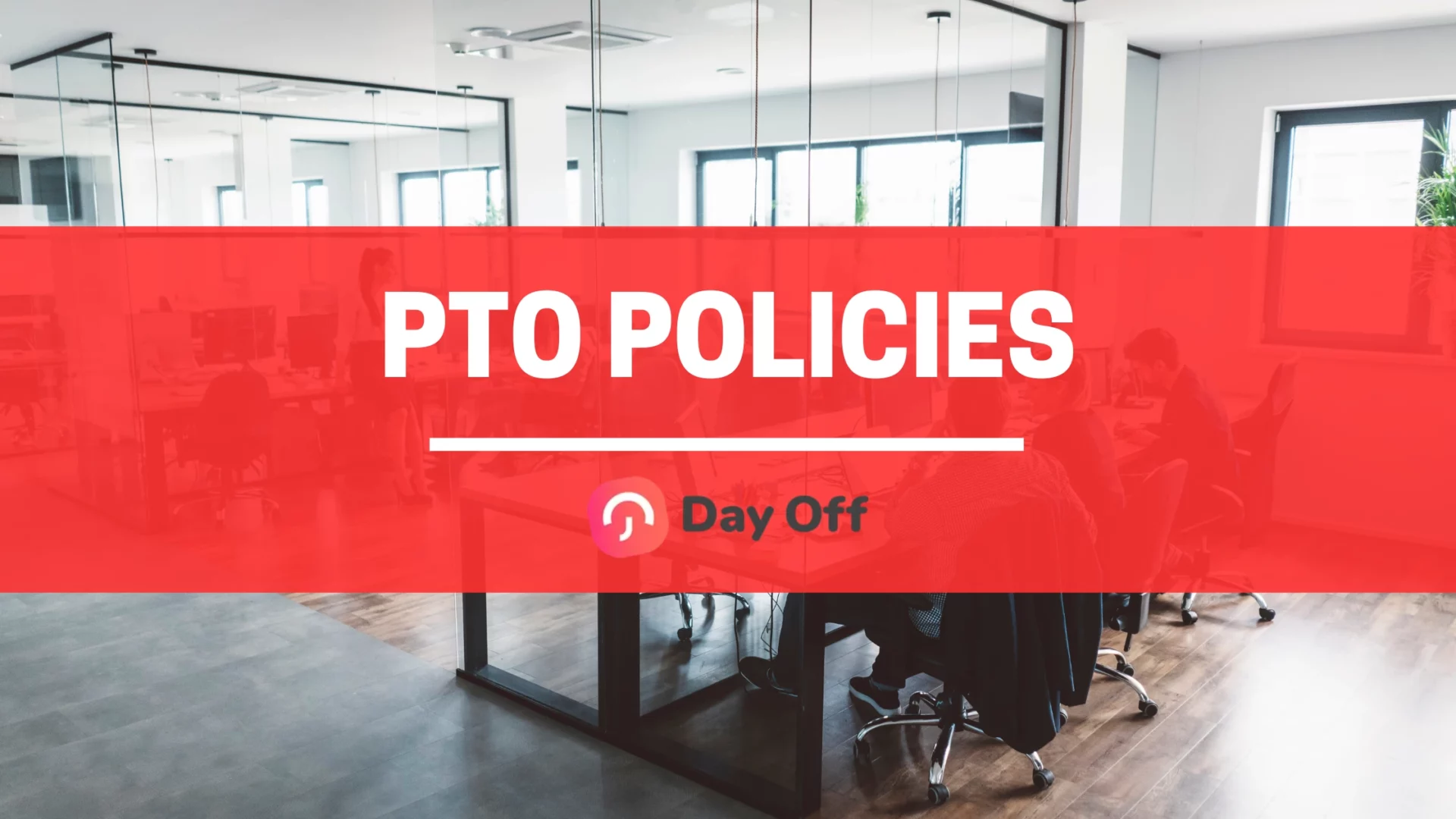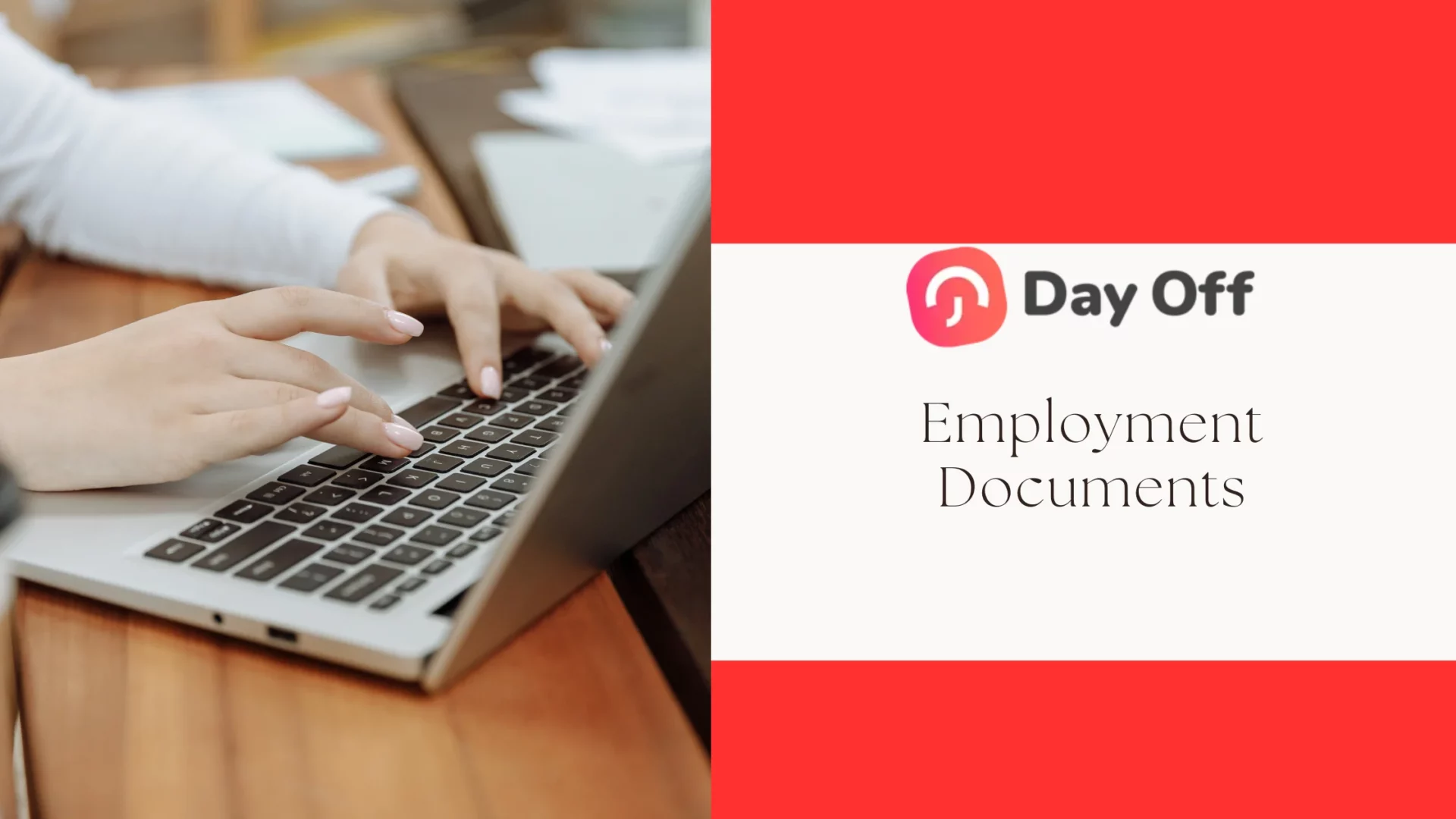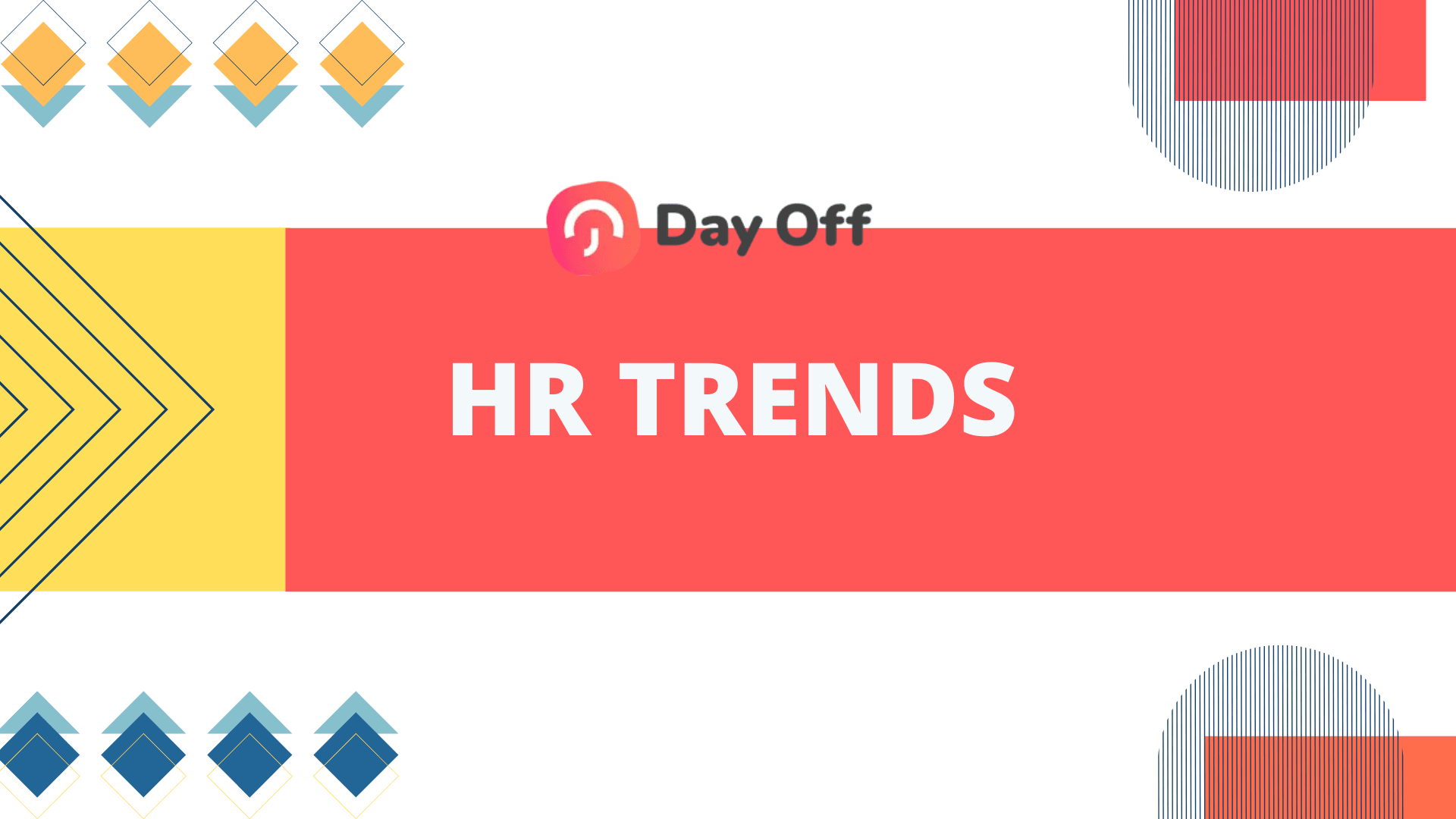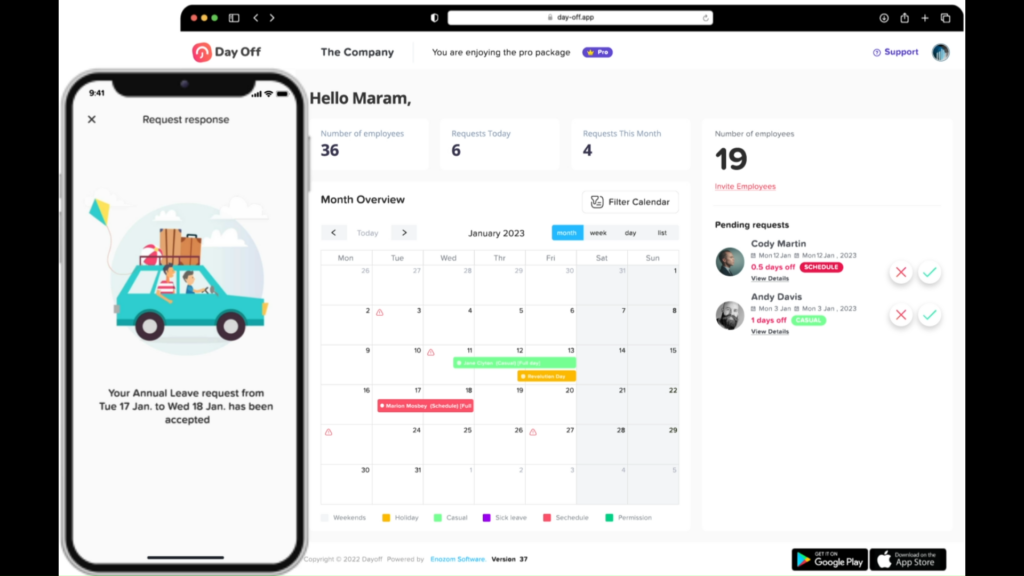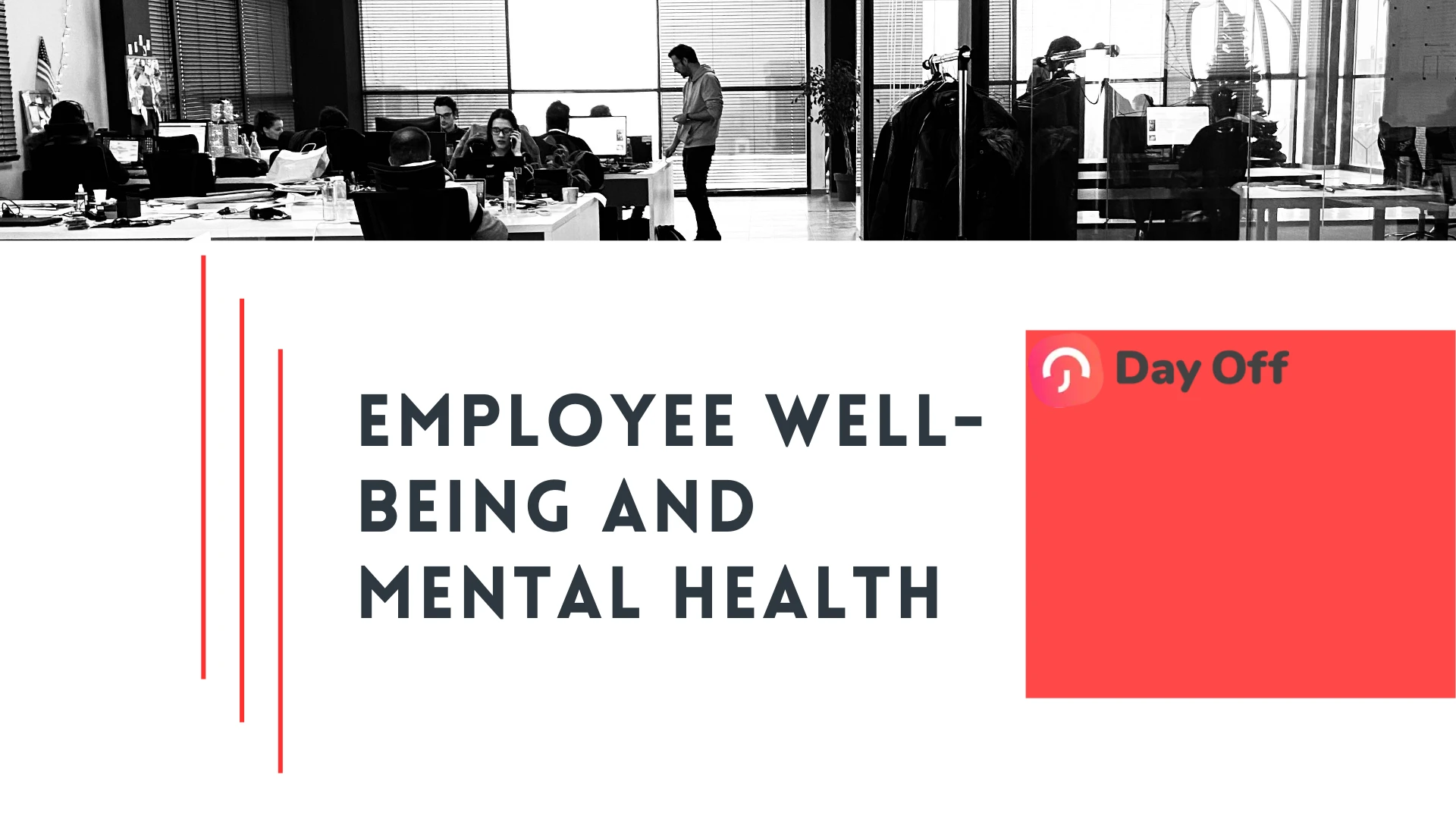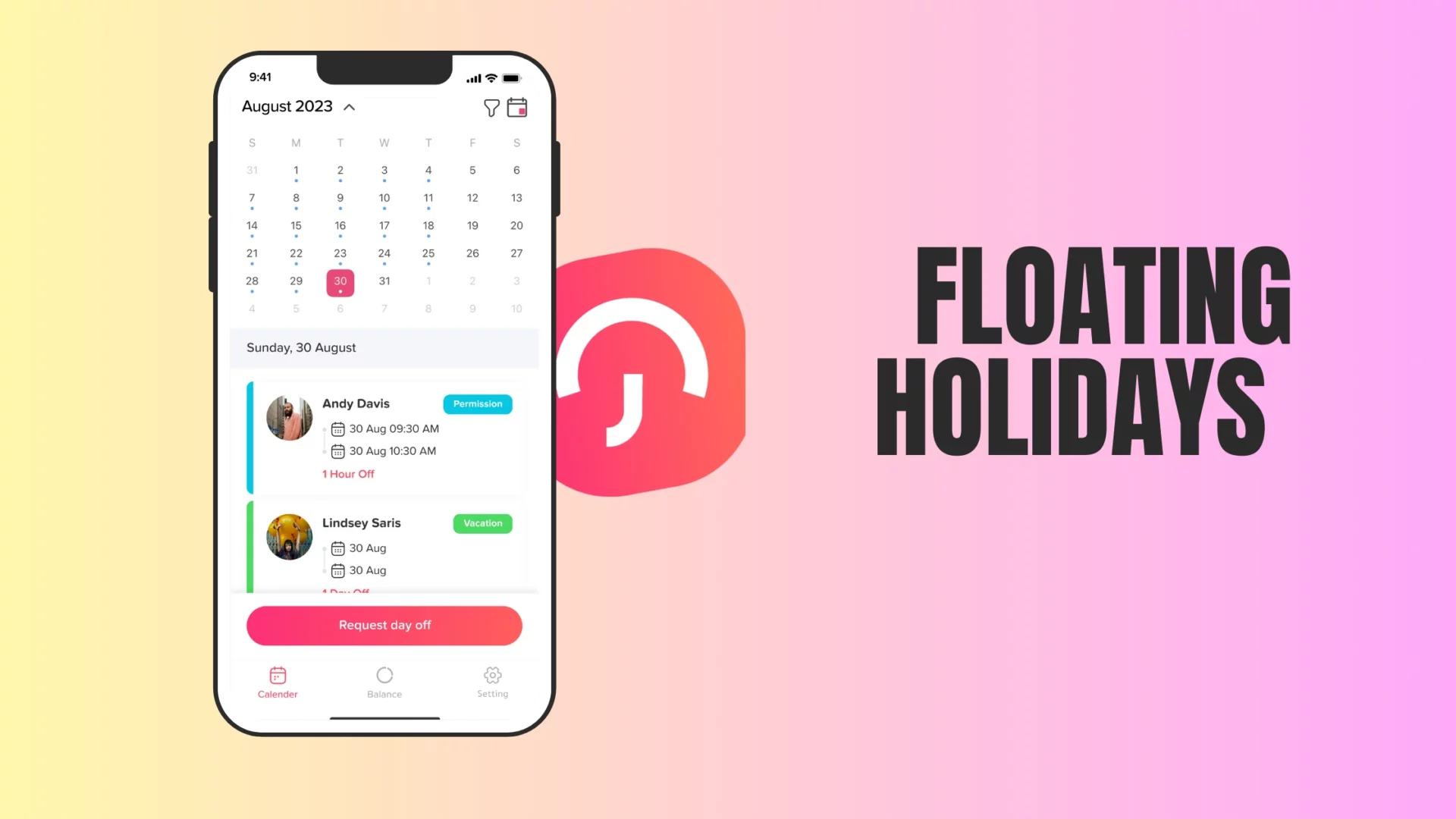Imagine working fewer days while maintaining your full pay. Sounds too good to be true? Not anymore. The four-day workweek is no longer just a radical experiment, it’s quickly becoming a global movement reshaping how companies think about productivity, mental health, and the future of work.
Across the world, businesses are rethinking the traditional five-day grind. Countries like Iceland, Japan, the United Kingdom, and New Zealand have all piloted shorter workweeks with promising results: higher efficiency, happier employees, and lower turnover.
Yet, while employees celebrate the extra day of rest, HR teams are facing a new wave of challenges, from managing paid time off (PTO) to adjusting scheduling systems and ensuring fairness in leave policies.
So, is the four-day workweek truly the future of work, or will it complicate HR operations even further? Let’s explore this evolving shift in workplace dynamics.
How the Four-Day Workweek Impacts Leave Management
A shorter workweek might sound simple on paper, one less workday per week. But for HR teams, this change has significant implications for policies, scheduling, and compliance.
When the number of workdays changes, nearly every aspect of leave management must be revisited: how PTO is calculated, how absences are covered, and how business operations continue smoothly.
Below are some of the biggest areas HR teams must reconsider when transitioning to a four-day work model.
Does PTO Get Reduced in a Four-Day Workweek?
This is one of the most debated questions for companies testing a four-day workweek.
If employees are working fewer days but still receiving the same salary, should their paid time off be adjusted accordingly?
Some organizations choose to reduce PTO days to reflect the shorter schedule, arguing that employees already enjoy more personal time each week. For example, instead of 20 days of annual leave, the number might drop to 16, roughly keeping total time off consistent with the previous model.
However, other companies maintain the same PTO allowances to preserve employee satisfaction and prevent the perception of losing benefits. After all, the goal of the four-day workweek is to promote well-being, not to cut back on rest days.
The right approach depends on company culture and industry demands. But regardless of the choice, clear communication and transparency are essential to maintain trust.
Sick Leave and Emergencies: What Happens Now?
Shorter workweeks can amplify the impact of unplanned absences.
For instance, if an employee calls in sick on a Monday or Thursday, they effectively turn their week into a three-day one, potentially affecting deadlines and project timelines. This can be especially problematic for smaller teams or industries that rely heavily on shift coverage.
HR teams need to establish updated sick leave policies that balance flexibility with accountability. Some companies require employees to make up lost hours or rotate responsibilities among team members to prevent disruptions. Others introduce cross-coverage systems to ensure that critical roles are always filled.
Automation tools also play a key role here, helping HR quickly assess the impact of absences and reassign tasks accordingly.
Scheduling Conflicts and Workload Balance
Another challenge of the four-day workweek is maintaining fairness and productivity in scheduling.
Should everyone take the same day off, for example, Fridays, or should days off rotate across teams?
While a uniform schedule simplifies planning, it can also lead to operational slowdowns if entire departments are offline simultaneously. Rotating off-days or staggering schedules can help maintain coverage, but it requires careful coordination.
To manage this effectively, many companies are turning to automated leave management systems that visualize workforce availability, prevent overlapping leave requests, and ensure that critical departments always remain staffed.
This digital approach allows HR to balance workloads efficiently without resorting to manual spreadsheets or guesswork.
How HR Tech and Automation Simplify the Transition
Transitioning to a four-day workweek without modern HR technology can quickly become overwhelming.
Tracking PTO balances, sick days, shift coverage, and compliance manually is already complex in a five-day workweek, and the four-day model multiplies those challenges.
Here’s how HR automation tools, like Day Off, can make the process seamless:
-
Automated Leave Requests and Approvals: Employees can submit leave requests directly through the system, while managers approve or reject them instantly.
-
Real-Time Calendar Updates: Integrated calendars display who is off and when, reducing the chance of scheduling conflicts.
-
Flexible Policy Configuration: HR can easily adjust PTO rules, holidays, and workweek structures without starting from scratch.
-
Data-Driven Insights: Reports on absence patterns, team productivity, and time-off usage help managers make informed staffing decisions.
Automation allows HR departments to maintain control, ensure compliance, and reduce manual effort, freeing time for more strategic tasks like employee engagement and performance management.
The Benefits and Challenges of a Four-Day Workweek
The concept of a four-day workweek is no longer just a distant idea or an HR experiment, it’s quickly becoming one of the most talked-about workplace transformations of the decade. As companies worldwide test the model, results show impressive gains in productivity, employee satisfaction, and retention. But behind the excitement lies a layer of complexity, particularly for HR teams responsible for balancing schedules, managing leave, and ensuring smooth operations.
The four-day workweek is not just about working less, it’s about working smarter. Let’s explore both sides of the movement: the powerful benefits it brings and the practical challenges businesses must overcome.
Advantages of a Four-Day Workweek
Higher Productivity
Contrary to initial skepticism, research shows that reducing workdays doesn’t mean reducing output. In large-scale trials across Iceland, Japan, and the UK, companies that adopted the four-day model reported productivity levels that matched or exceeded traditional five-day schedules.
Employees become more intentional with their time, focusing on high-impact tasks and minimizing distractions. Meetings are shorter, workflows are more efficient, and teams operate with a sense of urgency that boosts performance. With better-rested and more motivated employees, productivity naturally rises, proving that long hours don’t always equal better results.
Improved Work-Life Balance
One of the most immediate benefits of a four-day workweek is the profound improvement in employees’ personal well-being. Having an additional day off each week allows people to rest, pursue hobbies, focus on family, or simply recharge, leading to lower stress levels and better mental health.
This sense of balance translates directly into the workplace. Employees who feel supported in their personal lives are more engaged, loyal, and less likely to experience burnout. In an era where employee wellness has become a strategic business priority, the four-day week stands out as a powerful retention tool.
Better Retention and Recruitment
The modern workforce is redefining what it values most. Flexibility, autonomy, and meaningful time off now outweigh traditional incentives like bonuses or office perks.
Companies offering a four-day workweek are already noticing its impact on recruitment and retention. Job listings advertising shorter workweeks attract significantly more applicants, especially among younger professionals who prioritize balance and purpose.
For existing staff, this policy can deepen loyalty, employees are less likely to leave a company that genuinely values their well-being and time. In competitive job markets, this can be a decisive advantage.
Cost Savings for Employers
The financial benefits extend beyond the workforce. Organizations that adopt a four-day model often report measurable cost reductions, from lower utility and operational expenses to decreased absenteeism and turnover.
Employees save on commuting and daily expenses, while companies reduce office maintenance costs and energy consumption. Additionally, a shorter workweek supports environmental sustainability goals by lowering carbon emissions and aligning the company with modern, eco-conscious values.
When implemented strategically, the four-day week can deliver both social and economic value.
Challenges Businesses Must Address
While the advantages are compelling, the transition to a four-day workweek isn’t without its hurdles. To succeed, companies must anticipate and address these challenges head-on.
HR and Policy Complexity
Implementing a new work model affects every layer of HR policy, from leave entitlements and overtime calculations to payroll and attendance systems.
For instance, should employees’ paid time off (PTO) be reduced since they already work fewer days? How will sick leave be managed if a single day of absence covers a larger percentage of the week?
Without clear guidelines, confusion and inconsistency can quickly arise. This is why HR teams must redesign policies to fit the new structure, ensuring fairness, compliance, and transparency across departments.
Unequal Feasibility Across Industries
Not every business can operate with fewer working days. Industries that rely on constant coverage, such as healthcare, retail, manufacturing, or customer service, face logistical obstacles in maintaining service levels.
While corporate or tech sectors may transition more easily, others may need to explore modified versions, such as rotating schedules or staggered off-days to balance coverage and rest time.
Flexibility is key; companies must adapt the concept to their operational realities rather than apply a one-size-fits-all solution.
Risk of Compressed Workload
One of the most common pitfalls is simply squeezing five days of work into four. Without proper restructuring, employees may feel pressured to work longer hours, leading to stress and fatigue, the exact opposite of what the model intends.
To prevent this, organizations need to redefine priorities, streamline nonessential tasks, and focus on outcomes rather than hours worked. Technology, automation, and efficient communication play vital roles in preventing overload and maintaining balance.
Exploring Hybrid and Flexible Alternatives
For some companies, adopting a strict four-day week may not be feasible. However, flexibility can still be achieved through alternative work arrangements that offer similar benefits.
Hybrid models combine remote work with flexible schedules, giving employees autonomy while maintaining productivity. For example, employees might choose their preferred day off, provided the team’s workflow remains uninterrupted.
Other organizations allow flexible hours, enabling workers to complete their weekly workload over fewer days without reducing total productivity. This balance between structure and freedom fosters trust and engagement.
To make flexible models successful, technology becomes indispensable. Tools like Day Off App can automate leave requests, track attendance, and visualize team schedules, ensuring coverage while empowering employees. This combination of policy and technology creates sustainable flexibility that benefits both sides.
What the Four-Day Workweek Means for the Future of Work
The global shift toward flexibility is transforming not only how we work but why we work. Employees are demanding more balance, purpose, and freedom, and organizations that listen will be the ones to thrive.
The four-day workweek represents a cultural evolution in how success is measured. It shifts the focus from time spent at a desk to measurable outcomes, creativity, and well-being.
However, this model’s success depends on thoughtful execution. Businesses must combine clear communication, policy redesign, and smart HR systems to maintain alignment and efficiency.
Automation tools that handle scheduling, leave tracking, and analytics are no longer optional, they’re essential for maintaining balance in a flexible environment.
Ultimately, the four-day workweek isn’t about doing less; it’s about doing better. It’s a movement toward efficiency, humanity, and trust in the workplace — one that, if implemented wisely, could define the future of modern employment.
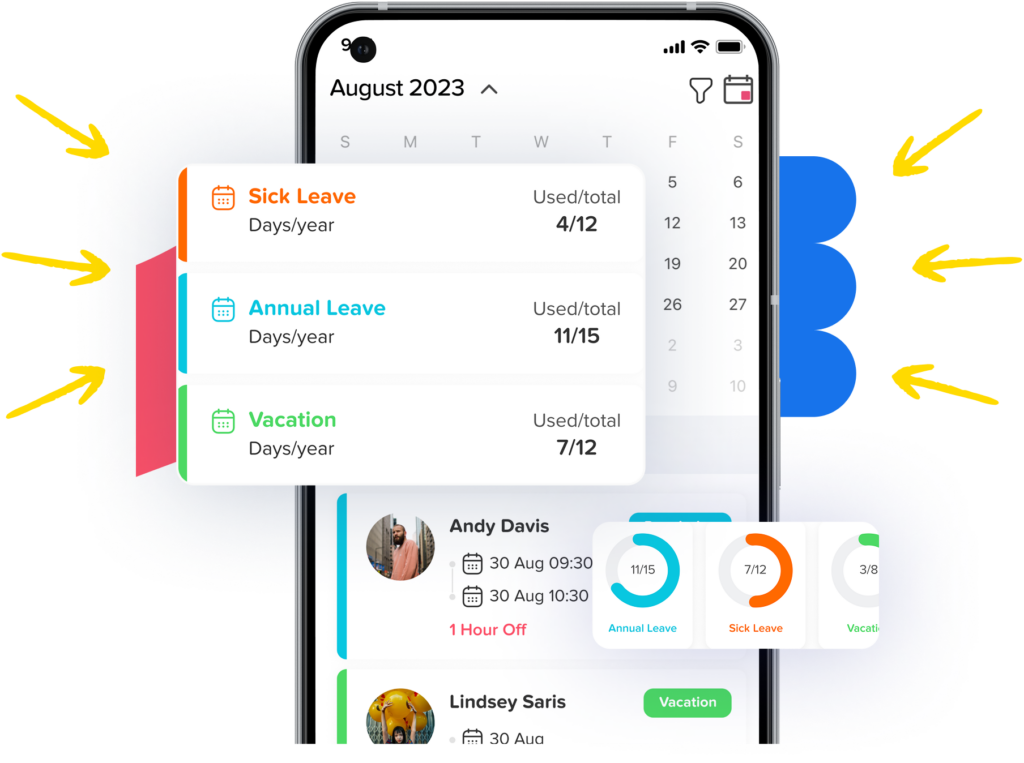
Frequently Asked Questions (FAQ)
How does the four-day workweek affect employee productivity?
Most studies show that productivity remains stable, and often improves, when companies transition to a four-day schedule. Employees tend to use their time more efficiently, cutting unnecessary meetings and focusing on essential tasks. The additional rest day enhances focus, creativity, and motivation, which translates into higher-quality output during working hours. However, success depends on thoughtful workload planning and management support to prevent burnout from compressed schedules.
Will employees receive the same pay for working fewer days?
In most successful four-day workweek pilots, companies have maintained full pay while reducing working hours. This approach reinforces trust and signals that the business values efficiency over time spent at a desk. However, pay structures may vary depending on the organization’s model, some may offer reduced hours at full pay, while others may adjust compensation if the total weekly hours are significantly decreased.
How does the four-day workweek impact paid time off (PTO) and leave policies?
A shorter workweek often requires rethinking PTO structures. Some companies reduce total leave days to reflect fewer working days, while others keep PTO unchanged to avoid dissatisfaction. The key is clarity and consistency, employees should know exactly how their vacation, sick leave, and public holidays are calculated. Automated leave management tools like Day Off App help standardize these calculations and maintain transparency across the organization.
Is the four-day workweek suitable for all industries?
Not necessarily. While knowledge-based sectors like technology, marketing, and finance can adopt it relatively easily, industries requiring continuous coverage, such as healthcare, retail, and hospitality, face greater challenges. For those sectors, hybrid or rotating schedules may offer a more practical solution, ensuring operational continuity while still providing flexibility for employees.
How can HR teams manage scheduling and workload in a four-day model?
The transition demands smarter planning and better visibility. HR departments need tools that automate scheduling, track attendance, and ensure fair distribution of workloads. Platforms like Day Off App simplify this by allowing teams to monitor leave requests, visualize team availability, and prevent overlapping absences. Automation ensures that even with fewer working days, operations remain balanced and efficient.
What’s the best way to introduce a four-day workweek?
Gradual implementation works best. Companies can begin with a trial period, such as three or six months, to gather data and employee feedback. Communication is essential: clearly outline expectations, adjust KPIs to reflect outcomes rather than hours, and remain flexible based on results. Using HR software to track productivity, engagement, and attendance makes it easier to evaluate the real impact and refine the system over time.
Conclusion
The four-day workweek is more than a scheduling experiment, it’s a redefinition of how we view productivity, balance, and success in the modern workplace. By prioritizing results over rigid hours, companies can unlock higher performance, happier employees, and a stronger organizational culture.
However, this transformation requires planning, flexibility, and the right tools. Clear policies, open communication, and automated systems like Day Off App allow HR teams to manage new challenges with confidence, from tracking leave to maintaining team coverage.
As the future of work continues to evolve, organizations that embrace smarter, more human-centered models will gain a decisive edge. The four-day workweek isn’t just about fewer days, it’s about building better ways to work, live, and thrive.

